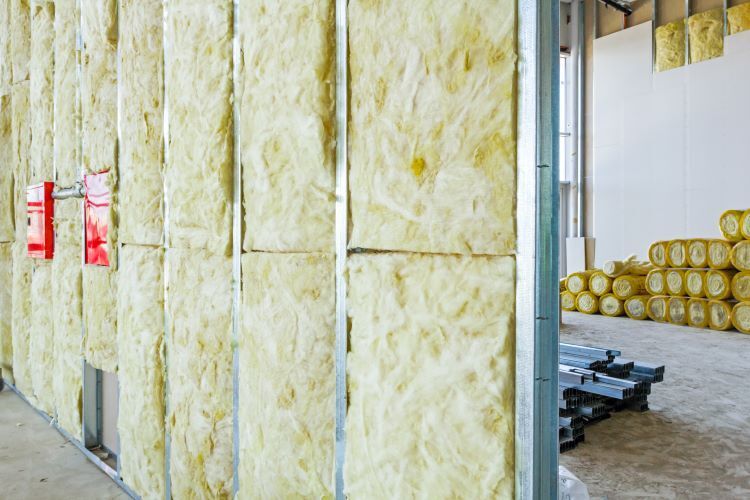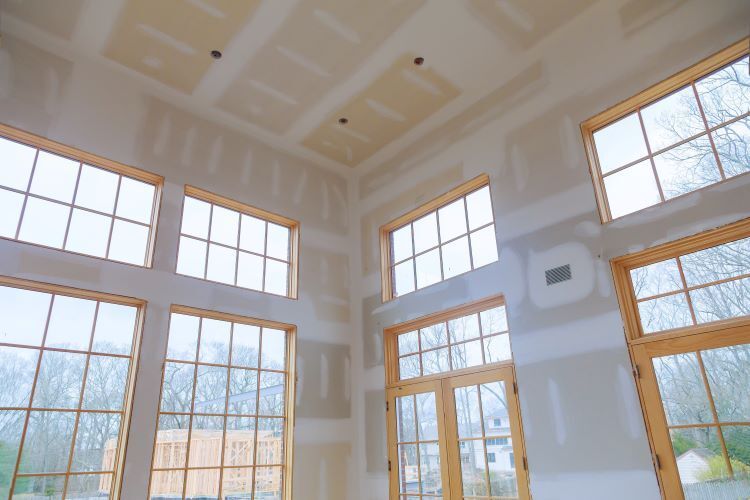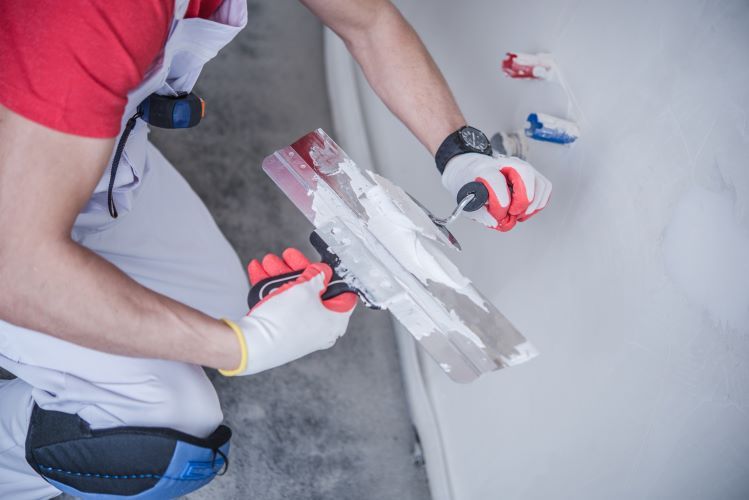Tips for Choosing the Right Drywall Insulation

When it comes to home construction and renovation, insulation plays a critical role in enhancing energy efficiency, comfort, and noise reduction. For homeowners and builders in St. John's, Newfoundland, understanding the different types of drywall insulation and how to choose the right one for your project is essential. At St. John's Drywallers, we aim to provide you with the information you need to make informed decisions about drywall insulation.
Common Types of Drywall Insulation
1. Fiberglass Insulation
Overview: Fiberglass insulation is one of the most common and widely used types of insulation. It's made from fine glass fibers and comes in batts or loose-fill forms.
Pros:
- Affordability: Fiberglass insulation is generally cost-effective and widely available.
- Ease of Installation: It's relatively easy to install, especially the batt form.
- Fire Resistance: Fiberglass is non-combustible, adding a layer of fire resistance to your walls.
Cons:
- Handling: Fiberglass can cause skin irritation and respiratory issues if not handled properly.
- Settling: Over time, loose-fill fiberglass can settle, reducing its effectiveness.
2. Foam Board Insulation
Overview: Foam board insulation, also known as rigid panel insulation, is made from polystyrene, polyisocyanurate, or polyurethane.
Pros:
- High R-Value: Foam board offers a high insulation value per inch of thickness.
- Moisture Resistance: It provides excellent moisture resistance, making it ideal for basements and other damp areas.
- Durability: Foam board insulation is durable and long-lasting.
Cons:
- Cost: It can be more expensive than other types of insulation.
- Installation: Installing foam board requires precision and may be more labor-intensive.
3. Spray Foam Insulation
Overview: Spray foam insulation is a liquid foam that expands and hardens upon application, creating an airtight seal.
Pros:
- Superior Insulation: Spray foam has a very high R-value and provides excellent air sealing.
- Versatility: It can be used in hard-to-reach areas and irregular spaces.
- Moisture and Air Barrier: It effectively prevents air leaks and moisture infiltration.
Cons:
- Cost: Spray foam is generally more expensive than other insulation types.
- Professional Installation: It usually requires professional installation due to the equipment and expertise needed.
4. Cellulose Insulation
Overview: Cellulose insulation is made from recycled paper products and treated with fire-retardant chemicals.
Pros:
- Eco-Friendly: It's one of the most environmentally friendly insulation options.
- Effective Insulation: Cellulose provides good thermal performance and sound insulation.
- Settling Resistance: Modern cellulose insulation resists settling better than older versions.
Cons:
- Moisture Sensitivity: Cellulose can absorb moisture, potentially leading to mold growth if not properly installed.
- Dust: Installation can produce a lot of dust, requiring protective measures.
Tips for Choosing the Right Drywall Insulation
1. Consider the Climate
St. John's, Newfoundland, experiences a variety of weather conditions, including cold winters and damp, rainy seasons. Choose insulation that provides excellent thermal performance and moisture resistance to ensure comfort and energy efficiency throughout the year.
2. Evaluate Your Budget
While it's important to consider the initial cost of insulation, also think about the long-term savings on energy bills. Higher-quality insulation may have a higher upfront cost but can lead to significant savings over time.
3. Assess the Installation Area
Different areas of your home may require different types of insulation. For example, basements and attics might benefit from moisture-resistant options like spray foam or foam board, while interior walls can use fiberglass or cellulose for soundproofing.
4. Think About Soundproofing
If noise reduction is a priority, consider insulation materials that offer good soundproofing properties. Fiberglass and cellulose are both effective at reducing sound transmission between rooms.
5. Look for Fire Resistance
Safety is paramount, so opt for insulation materials with fire-resistant properties, especially in areas like kitchens and garages. Fiberglass and treated cellulose are good options for enhancing fire safety.
6. Professional Installation vs. DIY
Some insulation types, like fiberglass batts, are suitable for DIY installation, while others, like spray foam, require professional expertise. Assess your comfort level and skills before deciding on a DIY project or hiring professionals.
Conclusion
Choosing the right drywall insulation for your project involves considering various factors, including climate, budget, installation area, soundproofing needs, and fire resistance. By understanding the common types of drywall insulation and following our tips, you can make an informed decision that enhances your home's comfort, energy efficiency, and safety.
At St. John's Drywallers, we are committed to providing high-quality drywall services, including expert advice on insulation options. Contact us today to discuss your insulation needs and let us help you create a comfortable and energy-efficient living space.
You might also like


